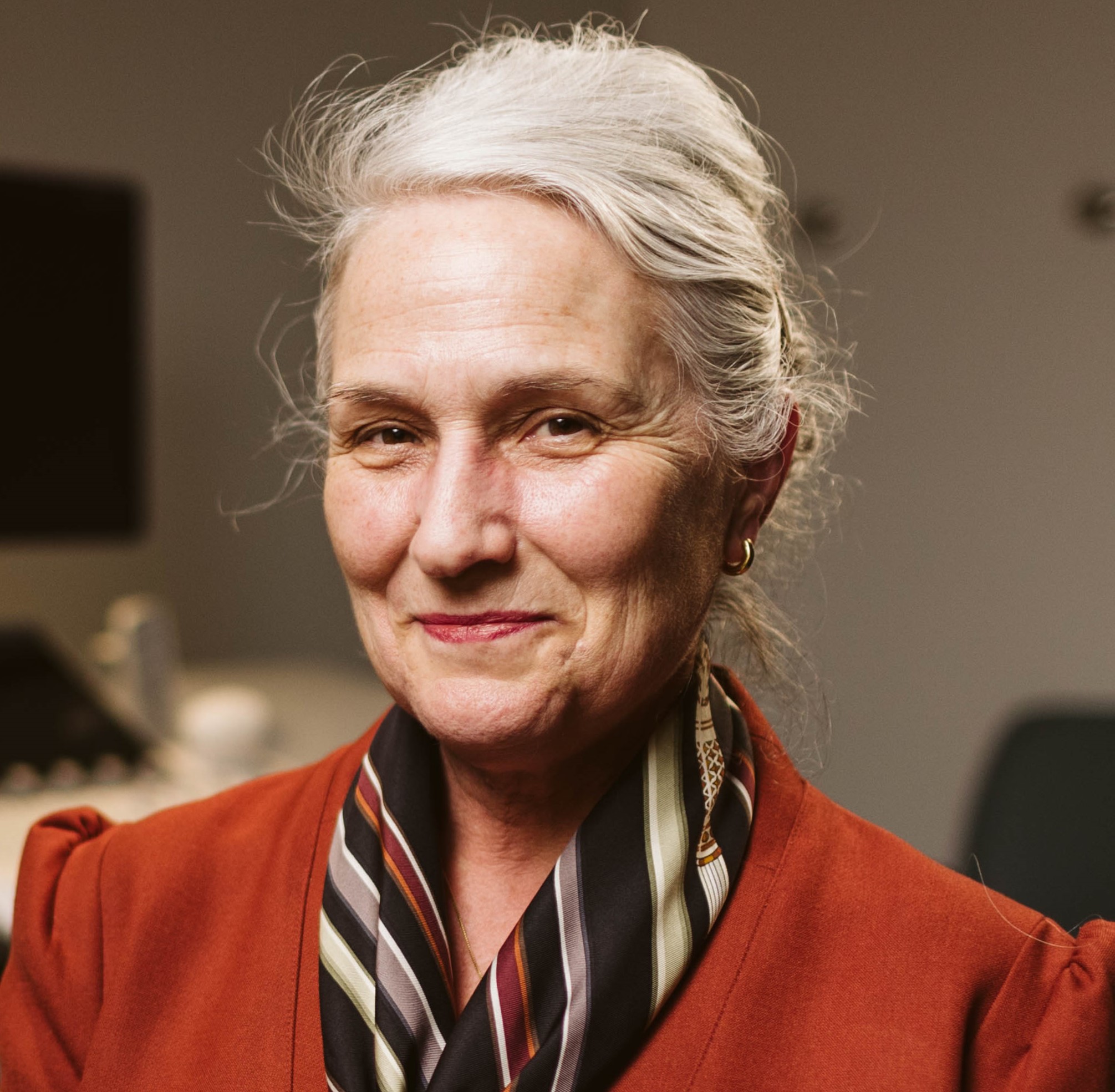
This month, prescription contraception became free for people in B.C.
Researchers from the Faculty of Medicine’s Contraception and Abortion Research Team (CART) were influential in bringing about this policy change through research, advocacy and implementation planning with the provincial government and other partners.
We spoke with Dr. Wendy Norman, co-director of CART and professor of family practice at UBC, about her team’s work and what this policy shift means for people in B.C. and beyond.
What was your reaction to this news?
We were completely thrilled. Behind the scenes, CART and many others in the community had been working with the Government of B.C. to study this move and plan its implementation. Seeing that come to fruition has been incredibly rewarding. Even more exciting is what it means for British Columbians. This is a tremendous milestone for gender equity and health access that will empower people to make their own choices about their reproductive and sexual health.
“This is a tremendous milestone for gender equity and health access that will empower people to make their own choices about their reproductive and sexual health.”
Dr. Wendy Norman
How was your team involved in shaping this change?
 It started in 2011. We worked with BC Women’s Hospital and Health Centre to bring together people from across the health system, healthcare providers, government, academics and patient representatives to identify barriers to contraception in the province. Collectively, we determined the key barrier facing women and others wanting to avoid pregnancy was the cost for contraception.
It started in 2011. We worked with BC Women’s Hospital and Health Centre to bring together people from across the health system, healthcare providers, government, academics and patient representatives to identify barriers to contraception in the province. Collectively, we determined the key barrier facing women and others wanting to avoid pregnancy was the cost for contraception.
From there, we set out to collect evidence to make the case for free contraception with government decision makers, including a cost effectiveness analysis. We engaged more than 40 academic, community and government partners to develop a survey and take it door-to-door throughout the entire province. We would sit down with British Columbians for up to 40 minutes and ask them very personal questions about their reproductive and sexual health, and the choices they had made.
I have to say how grateful we are to every single person whose door we knocked on. We had incredible uptake, with over 75 per cent of people we approached participating. All those voices helped make this a reality.
What did the cost effectiveness analysis find?
The evidence was conclusive. It was costing the government more to pay for the management of unintended pregnancies than it would cost to be able to provide free contraception for everybody in the province. Free contraception had the potential to save the health system approximately $27 million per year. It’s strong policy from a fiscal stand point, while also being good for people and their personal pocketbooks.
How else will this benefit British Columbians?
The cost savings for women and pregnancy-capable people are significant, as much as $10,000 over their lifetime. But I think the biggest impact is the power of choice. It empowers people to plan the times that they would like to have children, and it allows people to choose the contraceptive method that makes the most sense in their context.
We see that women and people who have access to prevent unintended pregnancy are much more likely to have economic stability in their lives and for their families. Their children are more likely to have adequate shelter and food security, and to graduate high school. This has long-term positive effects, not just for the person who might be using the contraception, but for all of the people around them, their family and for the future of their children.
“Women and people who have access to prevent unintended pregnancy are much more likely to have economic stability in their lives and for their families.”
Dr. Wendy Norman
B.C. was the first province to take this step. Could we see similar changes across Canada?
B.C.’s experience really highlights the importance of having high-quality research and data to support government decision making. We’ve had many conversations with Health Canada, Statistics Canada and other federal agencies to examine the possibility of running a similar sexual health survey on a national level. In the federal budget of 2021, we were thrilled to see $7.6 million allocated to Statistics Canada to undertake this work.
We’re exceptionally hopeful that a national survey will move forward and that it will provide the information for other provinces to see, in their own contexts, the social, economic and health benefits of free contraception.
What else can be done to ensure Canadians have equitable access to contraception?
Affordability is just one part of access. There are a lot of other factors including how reproductive health information is communicated, ensuring services are culturally sensitive, and addressing the structural determinants of health that can be barriers for women and pregnancy-capable people. We need to be proactive and thoughtful in planning out ways to reach people that may be having difficulty connecting with services on their own.
These were some of the first questions we tackled when working with government to plan for the implementation of free contraception. We thought – how can we do this equitably so that those with the most challenges and the most need will find it easy to access this kind of a service?
CART’s contraception cost-effectiveness modelling project was supported by the Canadian Institutes of Health Research, Michael Smith Health Research BC, BC Women’s Hospital and a gift from former UBC faculty member Dr. Katharine Mirhady.
Dr. Norman would like to acknowledge the tremendous support of her department, the Women’s Health Research Institute, BC Women’s Hospital, and all of the project’s collaborators, including UBC professors Dr. Stirling Bryan, Dr. Steven Shechter, Dr. Gina Ogilvie and Dr. Mark Gilbert; retired/emeritus professors Dr. Jean Shoveller, Dr. Dorothy Shaw, Dr. Jan Christilaw, and Dr. Rollin Brant; principal knowledge users Dr. Bonnie Henry and Dr. Perry Kendall; the Government of B.C.; community organizations such as Options for Sexual Health BC and MOSAIC; sexual health surveyors; and many more investigators, staff, trainees and participants.